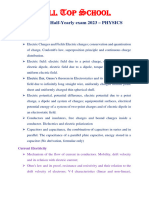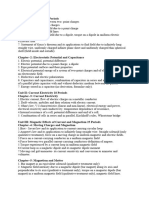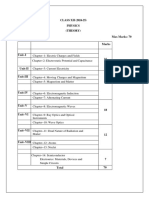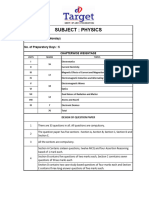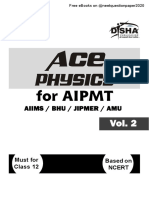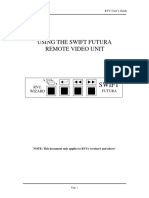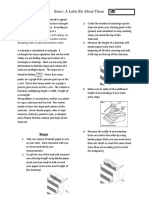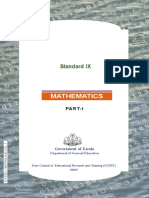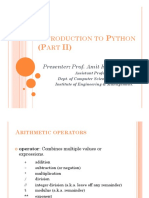0% found this document useful (0 votes)
25 views4 pagesXII - Check List
The document is a checklist for the Physics curriculum at Aditya Vidyashram Residential School, covering topics from Electric Charges and Fields to Semiconductor Electronics. It outlines key concepts, laws, and principles for each chapter, including electric fields, current electricity, magnetism, electromagnetic induction, optics, and atomic structure. The checklist serves as a comprehensive guide for students to review essential physics topics and prepare for assessments.
Uploaded by
liveen1111Copyright
© © All Rights Reserved
We take content rights seriously. If you suspect this is your content, claim it here.
Available Formats
Download as DOCX, PDF, TXT or read online on Scribd
0% found this document useful (0 votes)
25 views4 pagesXII - Check List
The document is a checklist for the Physics curriculum at Aditya Vidyashram Residential School, covering topics from Electric Charges and Fields to Semiconductor Electronics. It outlines key concepts, laws, and principles for each chapter, including electric fields, current electricity, magnetism, electromagnetic induction, optics, and atomic structure. The checklist serves as a comprehensive guide for students to review essential physics topics and prepare for assessments.
Uploaded by
liveen1111Copyright
© © All Rights Reserved
We take content rights seriously. If you suspect this is your content, claim it here.
Available Formats
Download as DOCX, PDF, TXT or read online on Scribd
/ 4

